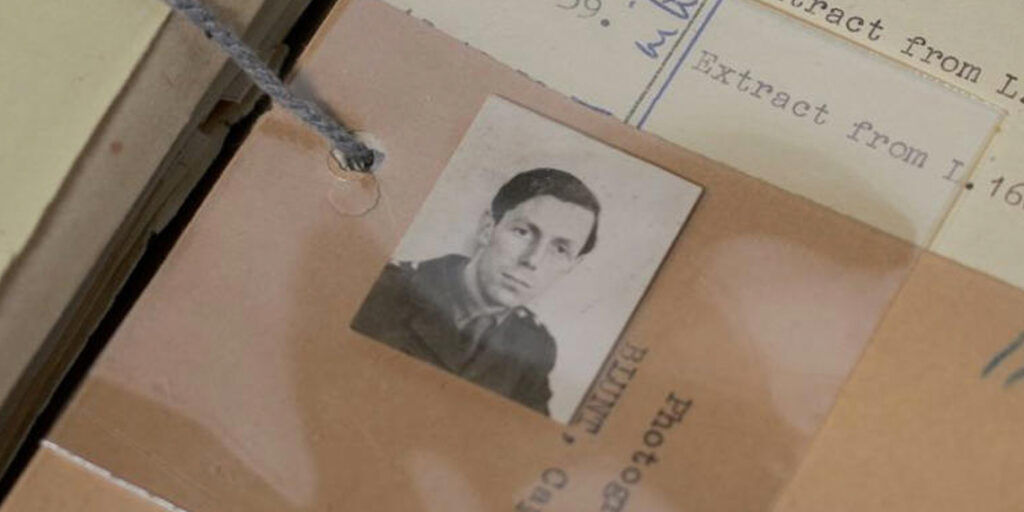Newly released top-secret MI5 files provide unprecedented insights into the confessions of Britain’s most infamous double agents, including Kim Philby, Anthony Blunt, and others from the “Cambridge Five” spy ring.
These documents, made public by the National Archives on Tuesday, uncover the Soviet espionage network that operated from the 1930s to the 1950s and inspired numerous spy novels and films.
Details of Kim Philby’s Soviet Espionage
Among the revelations is a 1963 six-page incomplete confession by Kim Philby, considered the ringleader of the Cambridge Five. Philby, who rose to prominence within Britain’s foreign intelligence agency MI6, described how he was recruited by the Soviet OGPU in 1934 after an introduction by his wife Lizzy, a Communist Party member.
“I explained my position with great care, and he interrogated me at length. He maintained his offer, and I accepted,” wrote Philby, codenamed “PEACH” by MI5.
Philby also admitted to recruiting Guy Burgess and Donald Maclean into the spy ring and tipping them off in 1951 when Maclean was at risk of exposure. This warning led to their dramatic defection to the Soviet Union. Philby himself fled to Moscow shortly after his confession, where he was later honored by Russia’s foreign intelligence service.
Anthony Blunt’s Role and Royal Connection
The files also shed light on Anthony Blunt, who confessed in 1964 during an MI5 interview in exchange for immunity from prosecution. At the time, Blunt served as an art adviser to Queen Elizabeth II, a role he retained until 1972.
A 1973 note from MI5 reveals that the Queen’s private secretary informed the monarch about Blunt’s involvement in the spy ring. “She took it all very calmly and without surprise,” the note stated. Blunt’s role in the Cambridge Five was only publicly revealed in 1979.
Other Cambridge Five Revelations
John Cairncross, the last publicly identified member of the group, admitted during a 1964 U.S. interview that he had been recruited by Russian intelligence. He confessed to spying for the Soviets between 1936 and 1951, as detailed in a telegram released with the files.
MI5 Exhibition Offers Public Insight
Some of these newly declassified documents are part of a special exhibition titled “MI5: Official Secrets” at the National Archives. The exhibition features case files, photographs, and spy equipment used during MI5’s 115-year history.
“While much of our work must remain secret, this exhibition reflects our ongoing commitment to being open wherever we can,” said MI5 chief Ken McCallum.
Additional documents released on Tuesday highlight MI5’s interest in figures like actor Dirk Bogarde, suspected of being approached by Russian intelligence, and include a 1939–1951 surveillance booklet advising agents on techniques. One amusing instruction warns, “The use of facial disguise is not recommended… A false moustache or beard is easily detected.”


